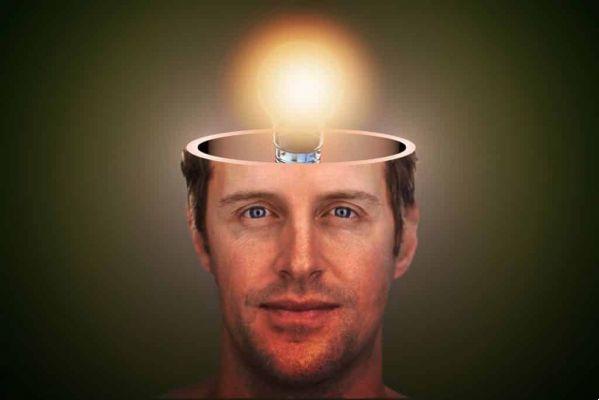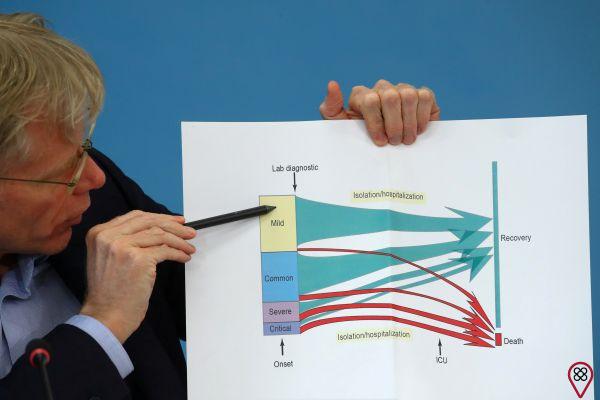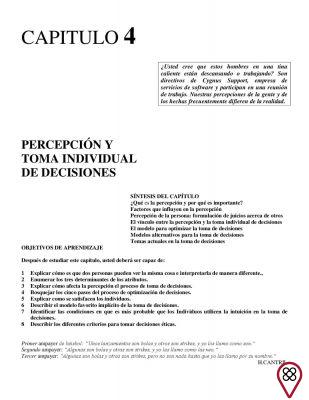Also known as “deep psychology”, psychoanalysis is a method of treating mental and psychological disorders that is based on the psychoanalytic theory, founded by the Austrian Sigmund Freud (1856-1939). The main focus of psychoanalysis is to understand how the unconscious, that is, a “part” of our mind over which we have no control, shapes human behavior.
Although a considerable part of psychologists, psychiatrists and scholars of the human mind agree with the idea that there is, yes, the existence of unconscious mental processes, there is a lot of questioning about the psychoanalytic model, which tries to define the contours of a " structure” to the unconscious. Because of this and many other questions about the theories defended by Freud and other psychoanalysts, psychoanalysis is considered by some to be a pseudoscience, that is, a model that claims to be based on scientific facts, but which cannot confirm it. them with scientific methods.
Regardless, psychoanalysis exists, it is a valid method of therapy and many people have already benefited from the results of the technique. Understand from now on what is the purpose of psychoanalysis, what it specifically studies and what is the difference between it and traditional psychology.
What is the purpose of psychoanalysis?
The goal of psychoanalysis, as well as that of almost any therapy/treatment of mental/psychological disorders, is to promote self-knowledge, making us aware of our behavior and why we act as we do. In addition, it seeks to promote “healing” for past traumas, helping us to deal with them in a more harmonious way, freeing us from the negative consequences they have on us.
More specifically, still on the study of the unconscious, psychoanalysis tries to promote in its patients an awareness of unconscious patterns of emotions and behaviors, that is, those performed without us knowing clearly why we do what we do and feel what we do. we feel. According to psychoanalysis, these patterns, if not studied and understood, will make the person affected by them fall into habitually recurring negative behaviors, for not having understood the extent, depth and real reasons why they take certain attitudes and assume certain behaviors. like normal.
In summary, Freud and other psychoanalysts who studied, refuted and expanded their theses believe that people can be cured if they are exposed to their unconscious thoughts, motivations and feelings, which would make them gain insight into all of this, clarifying what was dark and adding more awareness. It is, in a poetic way, to become master of yourself, leaving behind hidden motivations and taking control of your own life.

What does psychoanalysis study?
Psychoanalytic theory is quite extensive, so we will only cover a few parts of it in this article. One of the pillars of the theory proposed by Freud is that the human being has a psyche (the psychological apparatus as a whole) moved by a limited amount of psychic energy, that is, if you put a lot of your energy into something, there is little left for others. others. For example: those who dedicate a good part of their psychic energy to thinking and producing art leave other desires and needs aside, such as sexuality.
Another important thesis of psychoanalysis is that the human being is sexual and aggressive by nature, because he is in a constant search to satisfy his desires, so his innate drive (that is, born with him) is to ignore any barrier that separate it from its goals and desires, which can be controlled through education – the one imposed by the world and the one we give ourselves –, learning to control our impulses and understanding how and where they arise.
Which brings us to the other important part of psychoanalytic theory: the subdivision of the psyche into three levels of consciousness, a model also proposed by Freud. According to him, our psychic apparatus is divided as follows:
• Unconscious: that which is not conscious at all, except on certain occasions and special events. Often “subconscious” is used synonymously for this, but Freud dropped the use of that word.
• Preconscious: phenomena not conscious, but that can become, if we study, analyze and understand them, which is part of psychoanalytic therapy.
• Conscious: what we do and we perceive that we do it and why we do it, that is, what has clear and easily explained motivations.
Another important part of psychoanalytic theory is the structural model of personality, which was presented by Freud in 1923, arguing that the human psyche is organized into three distinct structures:
• Id: portion formed by unconscious desires, drives, instincts and organic impulses. This part works through what Freud defined as the “pleasure principle”, that is, an incessant quest to produce pleasure and avoid anything that is unpleasant.
• Ego: it develops from the id and “filters” impulses, taking into account the conditions of the external world and, consequently, what prevents us from achieving pleasure or causes displeasure.
• Superego: “moral” part of the psychic apparatus; one that considers the moral and traditional values of society and that, therefore, clashes with the id, which wants to fulfill desires and seek pleasure at all costs.
These are, in a nutshell, the three basic pillars of psychoanalytic theory: economic hypothesis (quantity of psychic energy), topographical hypothesis (conscious, preconscious and unconscious) and structural hypothesis (id, ego and superego).

What is the difference between psychoanalysis and psychology?
In a practical and academic way, a psychologist needs to have training in psychology and cannot provide clinical care without this training. The psychoanalyst can be a psychologist specializing in psychoanalysis or a person with training in another area, such as philosophy, sociology or nursing, for example, who chooses to specialize in psychoanalysis.
Psychology, in general, is the study of human behavior and mental functions. There are, within the study of psychology, numerous currents of thought and theories very different from each other, such as cognitive-behavioral and existential phenomenology, just to cite examples. Psychoanalysis is another one of these currents of thought, with the exception that, as it does not have a scientific method, it receives some criticism for it, since traditional psychology is based on the fact that techniques that have proven effectiveness are studied and applied, or, at least, that they are successfully tested, which does not guarantee future success, but a guarantee that it is possible that it will work.
You may also like
- Id, ego and superego: understand the different voices of psychoanalysis inside you!
- There are no limits to the rich subject of self-knowledge: learn more!
- Become aware of the differences between psychology, psychiatry and psychoanalysis!
There are currents and theories of psychology in which the psychotherapist makes more interventions when the patient talks, or tries to lead him, asking questions and “connecting” one thing to another. In psychoanalysis, the psychoanalyst allows the patient to speak freely and without strings attached, leading the therapy process, while the therapist makes only small interventions.
In summary, therefore, we can say that psychoanalysis is a branch of psychology, a theory of the study of human behavior and, consequently, a therapy, but that it does not fit properly into psychology because it does not have scientifically proven methods, as with other currents. of the study of human behavior.

























